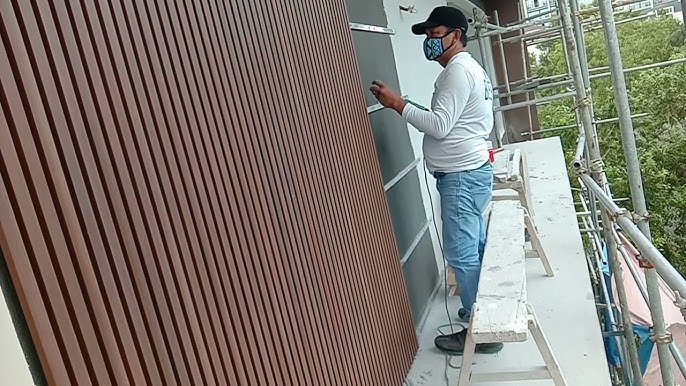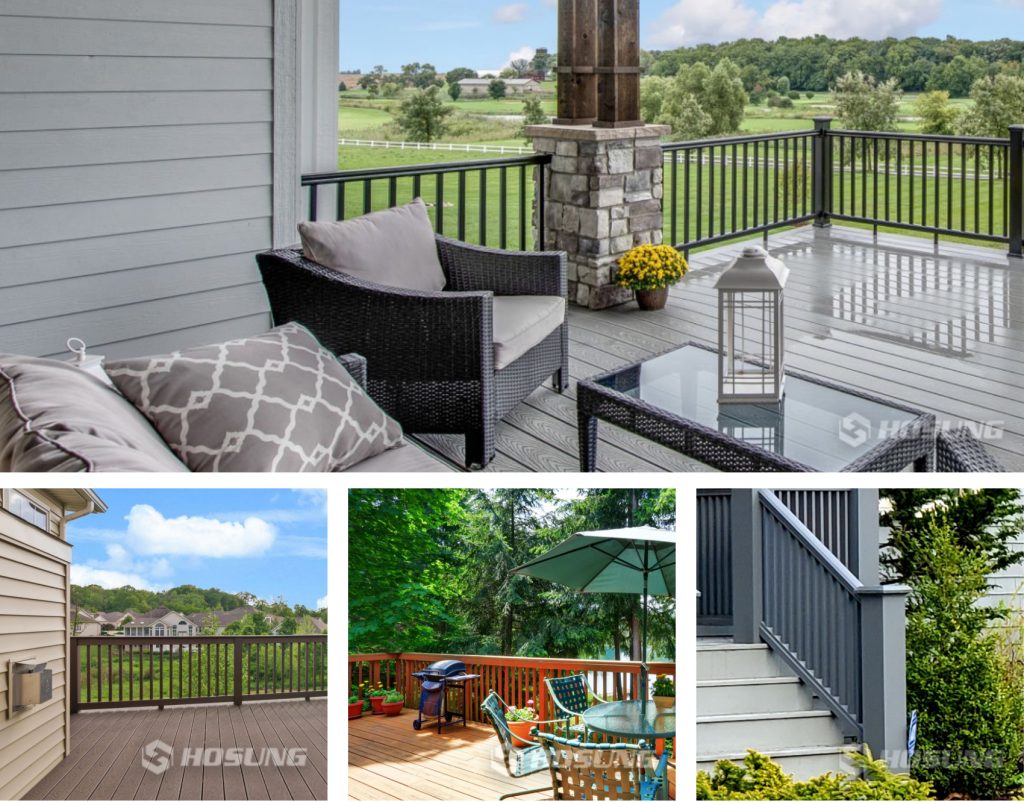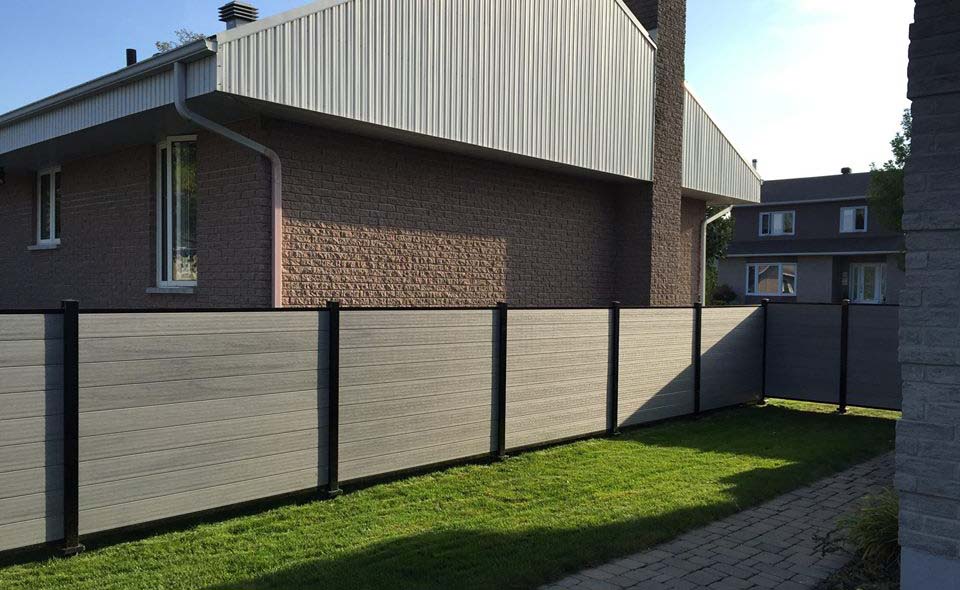When it comes to enhancing the appearance and functionality of buildings, cladding has become an increasingly popular option in Australia. Whether for residential or commercial projects, cladding offers not only a sleek aesthetic but also practical benefits such as insulation, weather protection, and increased property value. However, for cladding to perform at its best, proper installation is crucial. In this article, we will take a deep dive into the process of cladding installation Australia, the materials commonly used, and the best practices to ensure a long-lasting, durable finish.
Table of Contents
What Is Cladding and Why Is It Important?
Cladding refers to the process of applying a material over another to provide a protective or aesthetic layer. It is used in both exterior and interior applications, with the primary purpose being to safeguard the underlying structure from the elements while enhancing its visual appeal.
In Australia, cladding installation is particularly important due to the diverse and sometimes extreme weather conditions, including intense sun, heavy rain, and strong winds. Properly installed cladding helps shield buildings from these environmental factors and contributes to the energy efficiency of a building by improving insulation.
Common materials used for cladding installation in Australia include timber, aluminum, steel, vinyl, fiber cement, and composite materials like WPC (Wood-Plastic Composite). These materials offer varying degrees of durability, aesthetic appeal, and ease of maintenance. The choice of material largely depends on the specific needs of the building, the local climate, and the homeowner’s budget.
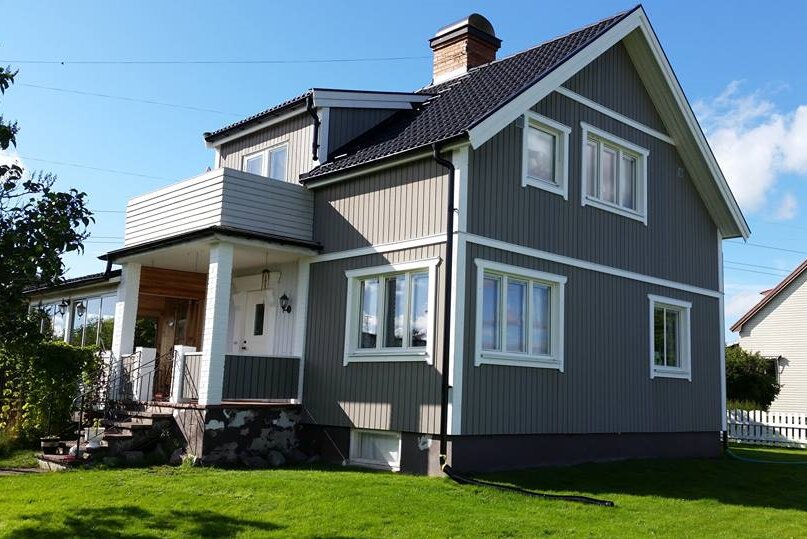
Step-by-Step Guide to Cladding Installation in Australia
Cladding installation is a technical process that requires skill and attention to detail. Below is a general guide to ensure your cladding is installed correctly and safely.
1. Preparation and Planning
Before beginning the cladding installation in Australia, it is essential to prepare the site and plan the installation carefully. This phase involves several steps:
Site Inspection: Assess the structure to ensure it is suitable for cladding installation. Look for any areas that may need repairs or additional preparation.
Material Selection: Choose the right cladding material based on the building’s design, functionality, and the local climate. Consult with professionals if needed to ensure that the material will meet performance requirements.
Building Codes and Regulations: Ensure the installation complies with Australian building codes and regulations, which can vary depending on the region and type of structure. Local councils may have specific guidelines regarding fire safety, weatherproofing, and environmental considerations.
Measuring: Accurate measurements are critical to avoid wastage and ensure the cladding fits perfectly. Measure the height and width of the walls and any protrusions such as windows and doors.
2. Installing the Framework
Once the site is ready and materials have been chosen, the next step is installing the framework that will support the cladding. The framework must be level and securely anchored to ensure the cladding is installed correctly.
Timber Battens: If you’re using timber cladding, timber battens are typically installed vertically or horizontally, depending on the design. These battens will serve as the foundation for the cladding, providing space for airflow to prevent moisture buildup.
Metal Framing: For more modern materials like composite or metal cladding, metal framing might be used. Ensure the metal framework is corrosion-resistant and anchored properly.
At this stage, ensure the framework is securely fixed to the wall and aligned to prevent any sagging or misalignment over time.
3. Installing the Cladding Panels
Now that the framework is in place, it’s time to install the cladding panels. The cladding installation process will vary depending on the material used:
Timber Cladding: Timber cladding is typically installed in horizontal or vertical slats. Start at the bottom of the wall and work your way up to ensure proper alignment. Each timber plank must be secured tightly with screws or nails to prevent movement. It’s essential to leave small gaps between the planks for expansion and contraction due to temperature changes.
Composite Cladding: Composite materials like WPC are often installed using a clip system that secures the panels onto the frame. This system allows for easy installation and removal while maintaining a clean, modern look. Be sure to follow the manufacturer’s instructions for fixing and spacing the panels.
Fiber Cement Cladding: Fiber cement is usually attached with nails or screws and is known for its fire-resistant properties. Installation requires careful attention to the overlap of the panels to prevent water ingress. It’s also essential to pre-drill holes in the cladding to avoid cracking.
Aluminum or Steel Cladding: Metal cladding is typically attached using hidden fasteners or clips to create a sleek, seamless appearance. Ensure that the panels are properly aligned and fixed securely to the framework.
4. Weatherproofing and Insulation
Proper weatherproofing is essential for ensuring that the cladding performs well in Australia’s harsh climate. This includes sealing any gaps between the cladding panels and the wall to prevent drafts and water penetration.
Sealants: Use high-quality weather-resistant sealants to fill any gaps or joints between the cladding panels. Silicone-based sealants are often used for their durability and flexibility.
Insulation: If the building is not already insulated, consider adding insulation between the framework and the cladding. Insulation not only improves energy efficiency but also helps regulate internal temperatures by keeping the building warmer in winter and cooler in summer.
5. Finishing Touches
Once the panels are in place and the weatherproofing is complete, the final step in cladding installation in Australia is to add finishing touches. These may include installing corner trims, edge caps, and flashings to create a clean, polished look. The finishing details also help to further protect the building from weather damage and ensure the cladding remains in top condition.
Trims and Edges: These give the cladding a neat appearance and cover the edges of the panels. They also help prevent moisture from seeping behind the cladding.
Cleaning: Once the cladding is fully installed, clean the surface to remove any debris or construction residue. This helps maintain the aesthetic appeal of the cladding and ensures the surface is free from contaminants that could cause damage over time.
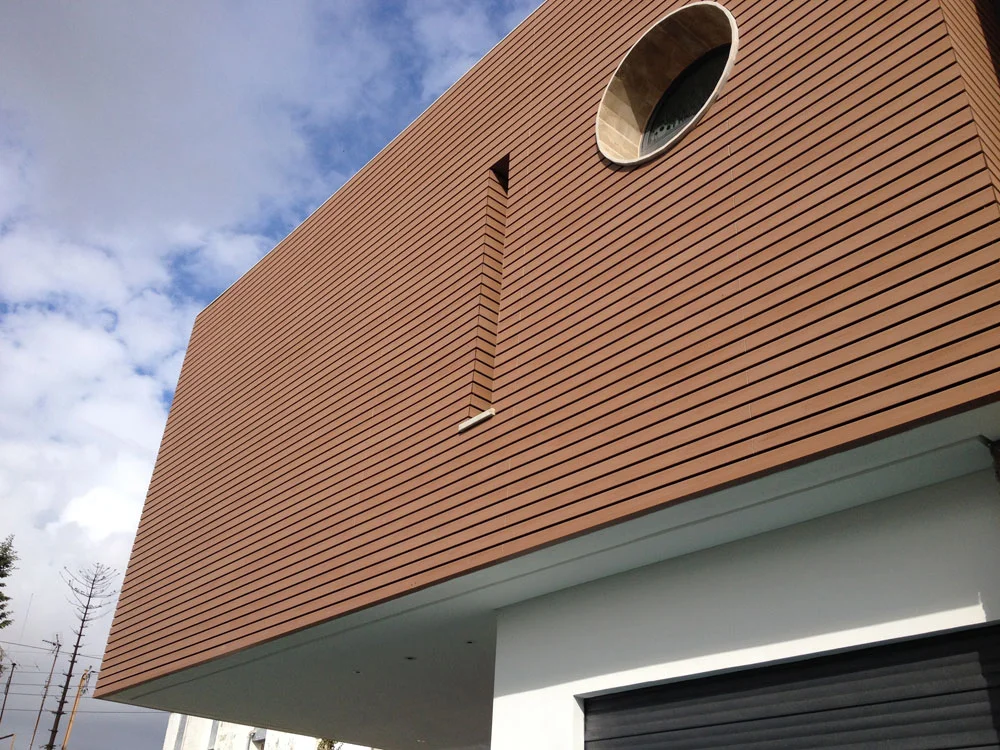
Key Considerations for Cladding Installation in Australia
While the installation process is essential, there are several factors to consider when it comes to cladding installation in Australia:
Climate and Weather: Australia’s diverse climate can impact the performance of certain cladding materials. For example, coastal areas with high humidity and salt exposure require materials resistant to corrosion, such as aluminum or specially treated timber.
Maintenance: Different cladding materials require varying levels of maintenance. Timber cladding, for example, requires regular treatment to protect it from weathering, while composite cladding typically requires less upkeep.
Fire Safety: Fire regulations play a crucial role in cladding installation in Australia, particularly in bushfire-prone areas. Some materials, such as fiber cement or fire-resistant composite panels, may be better suited to these environments.
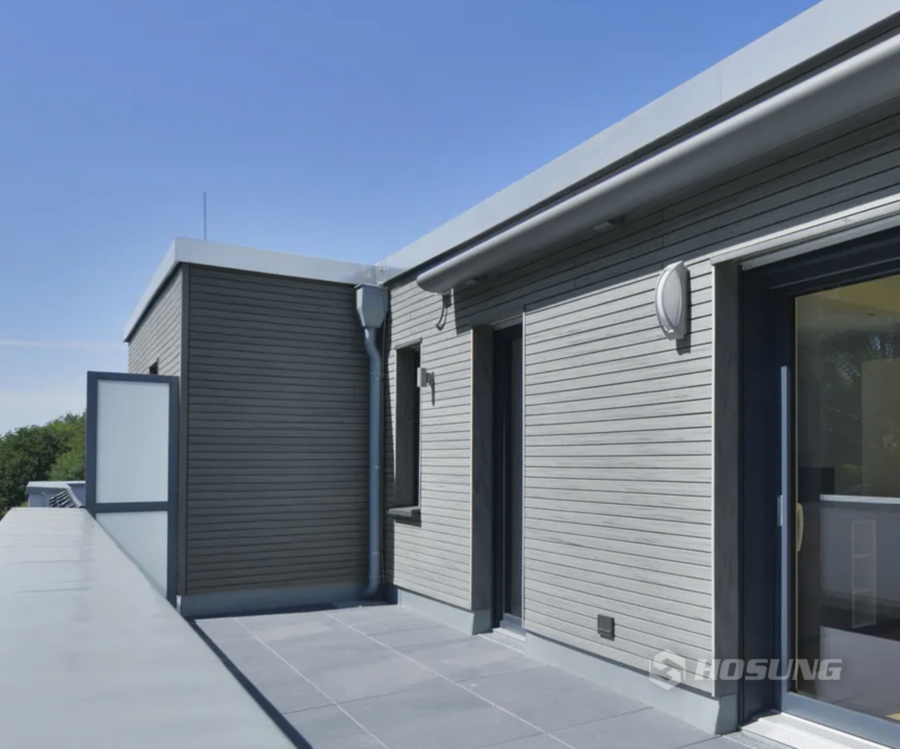
Conclusion
Cladding installation in Australia is a detailed process that requires careful planning, precise execution, and consideration of environmental factors. Whether you’re enhancing the exterior of your home or investing in a commercial property, proper cladding installation ensures that your building remains protected, energy-efficient, and visually appealing for years to come.
By selecting the right materials, following the proper installation steps, and ensuring compliance with local building codes, you can achieve a successful cladding installation that meets both aesthetic and functional goals. If you are looking for supplier of composite cladding, welcome to contact Hosung WPC.

